What is a Wine Vintage? [Understanding Vintages]
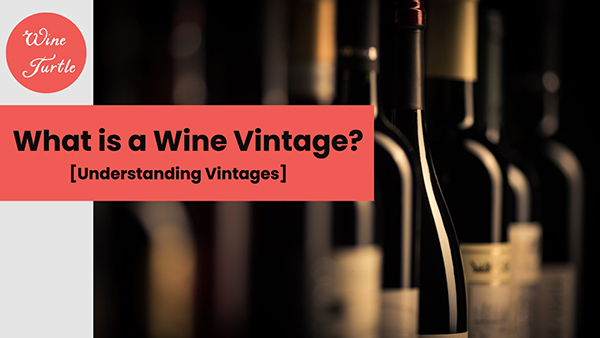
Essentially, a vintage refers to the year in which the grapes were harvested. It serves as a snapshot, capturing the unique climatic conditions and terroir that shaped the wine's character.
Exceptional vintages arise when the stars align, and the weather conditions are just right, bestowing the wine with an exquisite balance of flavors and aging potential.
In this article, I'll explain the secrets of wine vintages and what separates the good from the bad. I'll also explore some of the most celebrated years in wine history.
What is a Wine Vintage Exactly?
A wine vintage refers to the year in which the grapes used to make the wine were harvested. This is often displayed prominently on the wine label.
The common misconception is that it refers to the date of bottling and this is absolutely wrong!
Now, why is the vintage of wine important?
The answer lies in the symphony of nature.
Each year, the conditions in which the grapes grow can vary dramatically. The climate, weather patterns, and soil conditions all play a pivotal role in shaping the character of the grapes.
When the stars align and the conditions are just right, the grapes reach their zenith of flavor and complexity. This, in turn, translates into a wine that may be rich, balanced, and deeply satisfying.
You've heard the saying "Great ingredients, make great food" and it rings especially true for winemakers. The highest quality grapes make the best wine and they need perfect weather conditions to reach the right balance of sugar and acidity.
A good vintage is akin to a snapshot of a perfect moment in time. It's a testament to the harmony between the earth and the vine. The wine speaks of the land and the year from which it was born.
A year with unfavorable weather conditions can result in grapes that lack the depth and complexity needed to create exceptional wine. This is why wine enthusiasts often seek out wines from years that are celebrated for their excellent vintages.
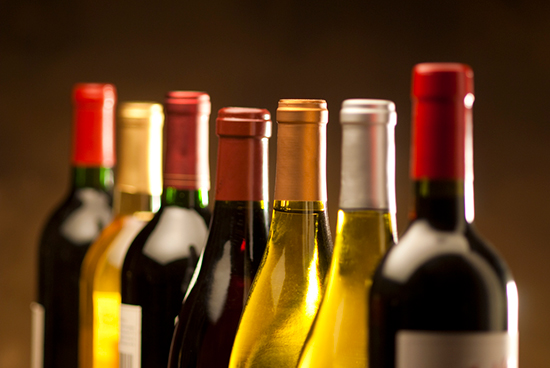
What's the Difference Between Vintage and Non-Vintage Wine?
Vintage wines are made from grapes harvested in a specific year, and this year is prominently displayed on the bottle. These wines often reflect the unique climatic conditions of that particular year and are valued by connoisseurs for their distinct characteristics.
Non-vintage wines (commonly referred to as NV wine), on the other hand, do not have a year displayed on the bottle. While it's common for non-vintage wines to be blends of grapes from multiple years, this is not always the case.
Sometimes, a wine may not display a vintage simply because it's an entry-level or more affordable option, and the producer has chosen not to emphasize the year of harvest. This is especially common in wines that are meant to be consumed young and are not intended for aging.
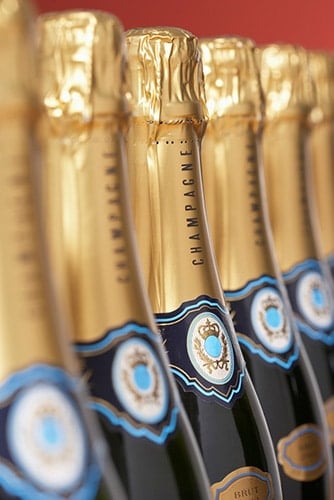
In the case of sparkling wines, non-vintage is often preferred. The blending of wines from different years is a deliberate choice to achieve a consistent house style and to ensure that the sparkling wine maintains its characteristic effervescence and complexity.
Vintage blending is also common in fortified wines like Sherry. The Solera system used in Sherry production blends vintages over many years to add complexity and ensure a level of consistency each year.
It's important to recognize that in the case of sparkling wine, non-vintage does not mean inferior quality. Many non-vintage Champagnes, for example, are of exceptional quality.
Exceptional non-vintage still wines do exist too. However, they tend to be fairly rare and incredibly expensive.
One of note is the Vega Sicilia Unico Reserva Especial Edición 2022, which is a Tempranillo-based blend that mainly uses grapes from 2009 and 2011 and 2012. It received scores of 99 from Robert Parker and 98 from Wine Advocate.
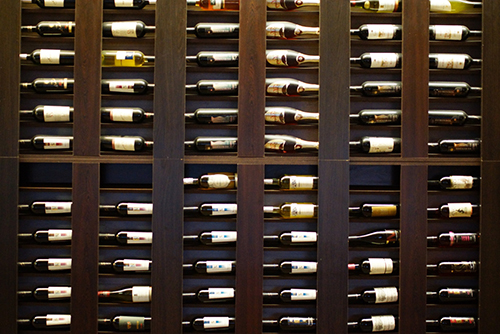
Factors That Define the Quality of a Wine Vintage
The quality of a vintage is influenced by various factors, with the weather being the most significant. Here are the key factors that define the quality of a wine vintage.
1. Weather Conditions
Weather plays a pivotal role in the quality of a wine vintage. Ideal weather conditions include plenty of sunshine for the grapes to reach full maturity and optimal ripeness levels. However, too much sun can cause the grapes to be sunburned, leading to flabby flavors and bitter tannins.
Conversely, some rain is beneficial as it keeps the vines hydrated and the soils nutrient-rich, but excessive rain makes the grapes susceptible to rot and disease. The balance of weather conditions is delicate and varies between regions and grape varieties.
Late frosts and droughts are other factors that can have a huge impact on a wine grape crop.
Drought has the added implication of increasing the risk of wildfires which are really bad news for wine grapes too. Smoke taint can often ruin whole grape harvests after they have been engulfed in smoke for long periods of time.
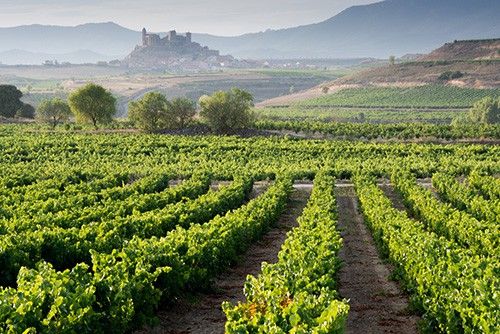
2. Grape Variety
Different grape varieties have distinct preferences for the climate. For example, Riesling thrives in sunny spots with cool nights, while Cabernet Sauvignon requires a hot, dry climate.
The choice of grape variety is essential in determining the quality of a vintage. A good year for red wine grapes in Bordeaux may not be a good year for white wine grapes, as you'll see in the case study below.
3. Regional Climate Variability
Regions with variable climates, such as Bordeaux, Burgundy, and Northern Italy, are more affected by the vintage year due to fluctuations in weather.
In contrast, regions with more predictable climates, like California and Australia, tend to produce more consistent wine styles regardless of the vintage.
4. Vineyard Management and Winemaking Techniques
The skill and expertise of the winemaker are crucial. Advances in scientific understanding and technology have enabled winemakers to mitigate challenges associated with poor weather conditions.
However, despite technological advancements, there remains a marked difference between wines produced in near-ideal conditions and those requiring more intervention.
5. Maturation
Some wines require maturation to realize their full potential. An older wine from a mediocre growing season could outperform a younger wine from a season with perfect weather conditions. The maturation process is influenced by the storage conditions and the type of barrels used.
6. Harvest Timing
The timing of the harvest is critical. Grapes harvested too early may lack flavor, while those harvested too late may be too sweet or lose acidity.
The decision on when to harvest is often based on the winemaker's experience and understanding of the grape's ripening process. It's a delicate game that sometimes involves an element of risk .
7. Expression of Time and Place
A good vintage is often seen as a reflection of a winemaker’s ability to interpret the whims of Mother Nature to create a wine that expresses its time and place.
This includes the unique characteristics of the region, the weather patterns of that particular year, and the winemaker's choices in the vineyard and cellar.
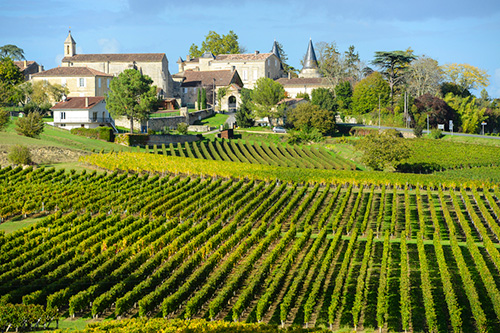
Wine Vintage Case Study: Bordeaux 2010
The 2010 vintage in Bordeaux, France, is hailed as one of the legendary vintages.
The year started with a cold winter, which delayed vine growth and disrupted budburst and flowering.
This was followed by a wet June, but the weather soon cleared, and the region experienced a dry summer with ample sunshine.
The Merlot grape, in particular, faced challenges due to uneven flowering and diseases like millerandage and coulure, which reduced yields but contributed to the concentration of flavors in the grapes.
What made the 2010 vintage exceptional were the climatic conditions during the ripening period. The region experienced long sunny days with cool nights, which is ideal for slow and steady ripening of grapes.
This weather pattern helped in preserving the complexity and tannic density of the grapes. The drought-like conditions caused water stress which concentrated the berries, and the cool nights preserved acidity in the grapes. The timely rains in September were also crucial as they refreshed the grapes.
This combination of weather conditions resulted in wines with a fantastic balance between body, alcohol, tannin, fruit character, and acidity.
The red wines of this vintage, in particular, were sophisticated, with an intense dark fruit character and a structure that suggests they will age well. The wines were high in both tannins and alcohol, but the high acidity levels provided balance.
One of the highlights of this vintage was the performance of the Margaux appellation, where even lesser-known producers made exceptional wines. Pessac-Léognan, Saint-Julien, and Pauillac were other areas that produced extraordinary wines.
However, the vintage was not without its challenges. Some wines were criticized for being over-extracted, and the whites were not as consistent as the reds due to the heat affecting their structure.
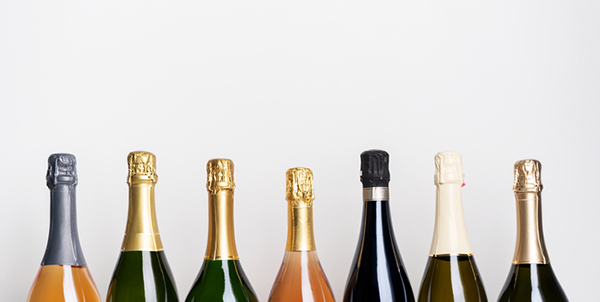
Is the Wine Vintage More Important in Certain Wine Regions?
The importance of vintage varies among wine regions due to differences in climate, weather patterns, and winemaking practices.
In general, vintage is more important in regions with variable climates, where weather conditions can significantly impact the quality of the grapes and, consequently, the wine.
In contrast, in regions with more consistent climates, the variation between vintages is often less pronounced.
Let's take a look at the wine regions where wine quality fluctuates more according to vintage and also those where crops are more consistent.
Wine Regions Where Vintage is More Important
- Bordeaux, France: Bordeaux is known for its temperamental maritime climate. The weather can vary significantly from year to year, affecting the ripening of the grapes. As a result, the quality and character of Bordeaux wines can vary greatly between vintages.
- Burgundy, France: Like Bordeaux, Burgundy has a variable climate. The region is particularly susceptible to frost, hail, and rain during the harvest season, which can affect the quality of the grapes.
- Piedmont, Italy: This region, famous for its Barolo and Barbaresco wines, experiences variable weather conditions. The quality of the Nebbiolo grape, which is used to make these wines, is highly dependent on the weather during the growing season.
- Mosel, Germany: The Mosel region is known for its Riesling wines. The steep vineyards and cool climate mean that weather conditions can have a significant impact on the ripening of the grapes.
Wine Regions Where Vintage is Less Important
- Napa Valley, California, USA: Napa Valley has a Mediterranean climate with warm, dry summers and mild winters. This consistency in weather conditions means that there is less variation between vintages compared to regions with more variable climates.
- Barossa Valley, Australia: Known for its Shiraz, Barossa Valley has a warm climate with little variation in weather conditions from year to year. This results in a more consistent quality across vintages.
- Mendoza, Argentina: Mendoza, famous for its Malbec wines, has a dry, continental climate. The region's consistent weather conditions and the availability of irrigation from the Andes reduce the impact of vintage variation.
- Central Valley, Chile: This region has a Mediterranean climate with consistent weather conditions, making vintage variation less significant.
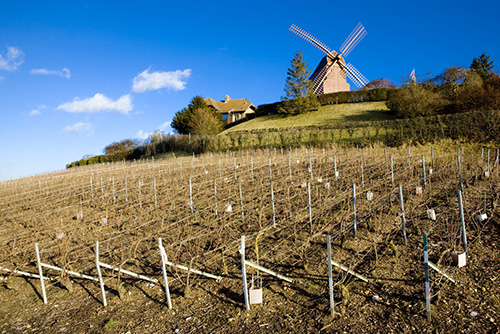
How to Identify Good Years for Wine: Wine Vintage Charts
Vintage charts are an essential tool for wine enthusiasts and collectors. They provide a snapshot of the quality and character of wines from specific regions in particular years.
Here, we will explore the concept of vintage charts, their importance, how they are made, who makes them, and how to read them.
Concept of Vintage Charts
Vintage charts are essentially tables or charts that rate the quality of wine from a particular region for each year, or vintage.
They are based on the idea that the weather conditions during the grape growing season have a significant impact on the quality of the wine produced.
Vintage charts usually focus on regions that are susceptible to vintage variation, where weather conditions can vary significantly from year to year.
Importance of Vintage Charts
Vintage charts help wine enthusiasts assess the quality of a wine based on the year it was produced. This is especially useful when purchasing older wines or when deciding when to drink a wine that has been aging.
For wine collectors and investors, vintage charts are crucial in making informed decisions about which wines to invest in.
How Wine Vintage Charts are Created
- Data Collection: The process of creating a vintage chart begins with collecting data on weather conditions during the growing season, harvest reports, and tasting notes.
- Expert Tasting: Wine experts and critics taste wines from different regions and vintages. They assess various aspects such as flavor, aroma, body, tannins, and acidity.
- Scoring: The wines are usually scored on a scale, often out of 100. These scores are then used to rate the overall quality of the vintage for a particular region.
Vintage charts are typically created by wine critics, magazines, and organizations specializing in wine.
Some well-known creators of vintage charts include Wine Spectator, Wine Enthusiast, and Robert Parker’s Wine Advocate.
How to Read Vintage Charts
Vintage charts are usually presented in a tabular format with the years listed vertically and the wine regions listed horizontally.
Each cell in the table contains a score that represents the quality of the vintage for that region and year. Some charts may use a numerical scale, while others may use descriptors like excellent, good, average, or poor.
In addition to the score, some charts provide additional information such as the wine’s drinkability (when it’s best to drink) and general characteristics of the vintage.
When reading a vintage chart, it’s important to remember that it provides a general overview and that individual wines within a vintage can vary.
Additionally, personal preference plays a significant role in wine enjoyment, so a lower-rated vintage might still produce wines that one finds enjoyable.
Here are some examples of popular wine vintage charts:
How Do Winemakers Compensate for Bad Wine Years?
Winemakers have developed various strategies and techniques to compensate for bad wine years when weather conditions are sub-optimal for grape growing.
These strategies aim to mitigate the effects of adverse weather and ensure the production of quality wine despite the challenges.
Here are some of the ways winemakers compensate for years when the weather did them no favors.
1. Careful Harvesting and Selection
In bad years, winemakers may need to be more selective during harvesting. They might harvest grapes at different times to ensure optimal ripeness or manually sort through the grapes to remove any that are damaged or underripe. They will typically have a lower yield of good grapes.
2. Blending
One common technique is to blend wines from different grape varieties or different vineyards. This can help balance out the flavors and characteristics of the wine. In some cases, winemakers may also blend wine from a poor vintage with wine from a better vintage to improve quality.
3. Adjusting Fermentation Conditions
Winemakers can adjust the conditions of fermentation, such as temperature and duration, to compensate for the characteristics of the grapes.
For example, a shorter fermentation at a lower temperature might be used for grapes with higher sugar content to prevent the wine from becoming too alcoholic.
4. Acidification and Chaptalization
In regions where it is permitted, winemakers may add acids to wines made from overripe grapes to increase acidity, or add sugar to must made from underripe grapes to increase the alcohol content through a process called chaptalization.
5. Using Oak Barrels
Aging wine in oak barrels can add flavors and tannins that might be lacking in wines from a bad year. The use of new oak barrels can impart stronger flavors, while used barrels can provide more subtle characteristics.
6. Micro-oxygenation
This is a process where small amounts of oxygen are deliberately allowed to interact with the wine during aging. This can help to soften tannins and improve the texture and flavor of the wine.
7. Making Different Styles of Wine
In some cases, winemakers might choose to make a different style of wine than usual. For example, if the grapes are not suitable for making high-quality red wine, they might be used to make rosé instead.
8. Marketing and Positioning:
Sometimes, the challenges of a bad wine year can be mitigated through marketing. Winemakers might position their wine as unique expressions of a challenging vintage, or focus on the story behind the wine.
9. Holding Back Stock
In some cases, winemakers might choose not to release a vintage immediately. They might hold back stock and release it later when it has had more time to age and develop.
